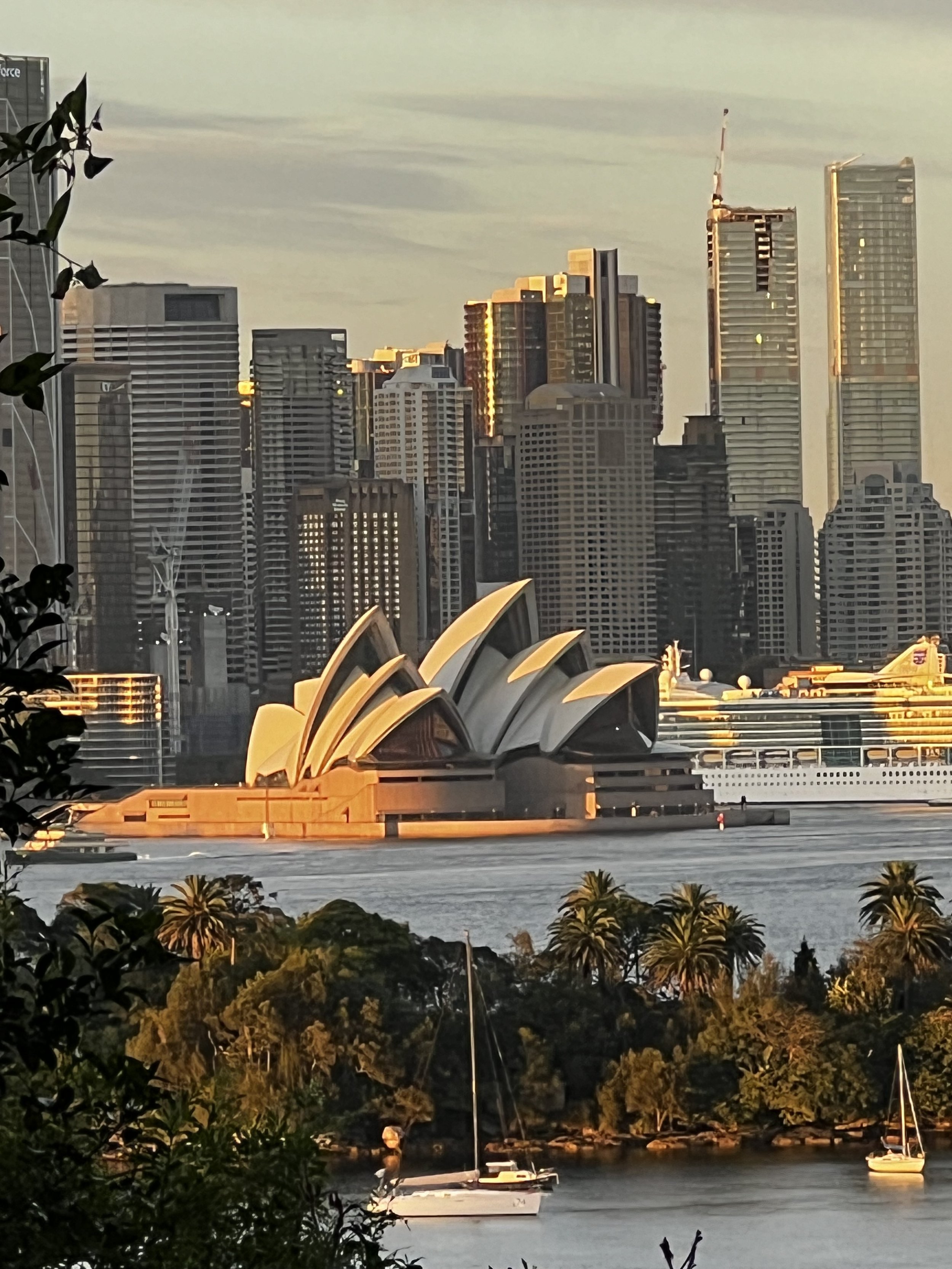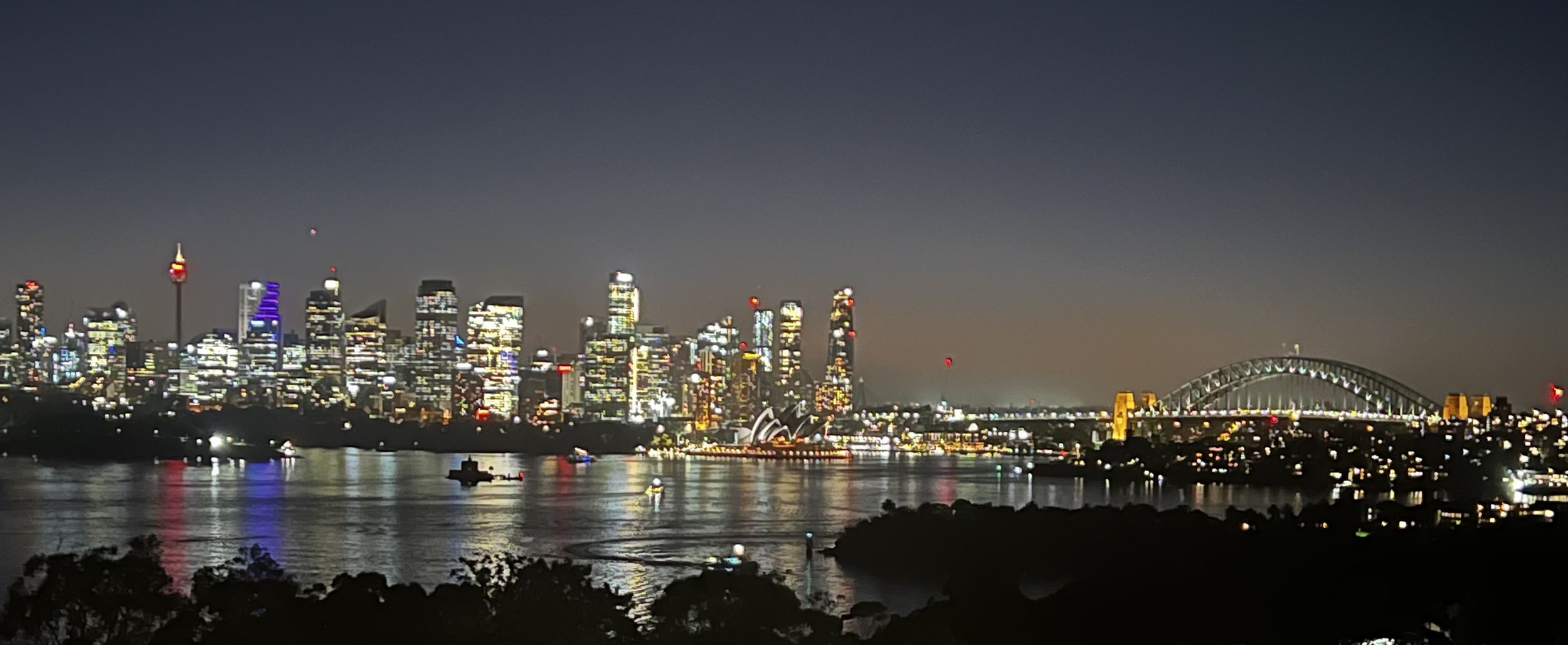Form follows function
As a long time public servant, I’ve been to countless meetings, planning days, stand ups, etc… where the ‘what’ was discussed, but not the ‘how’, nor the ‘why’… which I always felt warranted more time that was given to it.
And having been a Public Servant for so long, and knowing so many HIGHLY capable, extremely experienced and passionate Public Servants, I really believe that the difficult thing in getting progress achieved is not the actual complexity of the work. I think it is the piece around how Public Service leaders measure success. It is how we view the importance of the ‘how’, and the ‘why’, and whether this is a piece that needs to be equal to, (if not even more important) than the ‘what’.
And I know why it is not put where it belongs in this equation… or at least I suspect why. It is because it is incredibly complex, and requires skills that are not currently widely respected nor practiced but skills that have been proven to help leaders and team members to understand ‘self’, and ‘others’, in order to better build collaboration. These skills, however, are known, and are able to be learned, practiced and, even mastered.
‘Form following function’
Sydney Opera House and the Sydney skyline
Taken from Taronga Zoo, Bradley’s Head
6 am, 19 January 2024
I remember, as a child, being taught that form should follow function. This is a pragmatic idea. It is an idea that was first popularised by Louis H. Sullivan in his writing, ‘The tall office building artistically considered’ (1896).
A line that stands out for me can be found in Sullivan’s examination of elevators as an invention to facilitate vertical travel. At the time he wrote this, office buildings used stairs as the primary way to get between floors. To get to the top floor required a great deal of climbing up stairs, which is one of several reasons why buildings were not built as exceedingly tall as they currently are.
What Sullivan said was that the invention of the elevator came ‘… in answer to a call…’. Sullivan also noted that with the invention, a ‘… new new grouping of social conditions …found habitation and a name…’
‘Where we live, we call home’
Sydney skyline
Taken from Taronga Zoo, Bradley’s Head
9 pm, 18 January 2024
If we believe that the ‘what’ or the form of what we create should follow the ‘why’, or function that we want that form to create, then returning to this idea can help guide how we build things.
It can help us to create better processes, workshops, interventions of all sorts. It can even help us to create better cultures and shift the system to more accurately reflect what we value.
This is true in leadership as well as in facilitation.
Form following function is an essential element of learning design, and an essential element of facilitation.
What exactly is it that we are hoping to achieve through this workshop/facilitation?
This question needs to be asked early on, and answered with real rigour. It has to inform and guide the development. What specifically are the behaviours that we want to see shifted? What activities will help to do this? How can we measure the efficacy of these activities?
These questions of form (what activities, what desired outcomes, etc…) are following the function of the ‘why’ we are even doing this activity.
If we can more readily think of this principle, we can create spaces where we work, where we live, that we can feel at home in.


